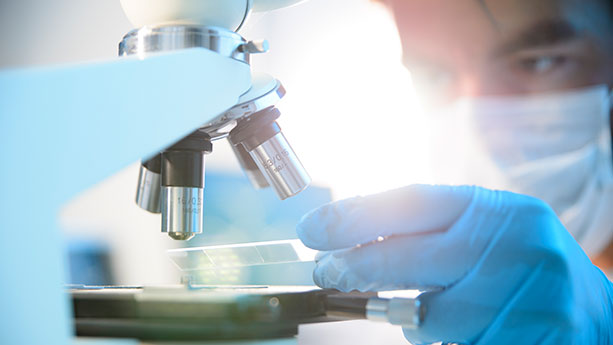If you have a heart condition or diabetes and experience painful leg cramping or a wound that won’t heal, give your doctor a call. You may have peripheral vascular or peripheral arterial disease. PVD/PAD refers to slow, progressive blood disorders, usually caused by plaque buildup, that narrow blood vessels farther from the heart and brain. Early diagnosis is important. Our clinical care team can help you manage PVD/PAD so it doesn’t get worse.

Featured Services in Burlingame
Care for Peripheral Vascular Disease

Risk Factors
Your risk for PVD/PAD increases if you have:
- Type 1 diabetes or impaired glucose tolerance.
- Heart disease.
- High cholesterol.
- High blood pressure.
- Family history of PVD or certain heart conditions.
It’s also more common in:
- Men over age 50.
- Postmenopausal women.
- Obese or inactive people.
Signs and Symptoms
Tell your doctor if you notice these signs of PVD/PAD in your legs, feet or arms:
- Leg pain or cramping with physical activity.
- Weak pulse.
- Discoloration.
- Slow wound healing.
Your doctor will perform a careful physical exam as well.
Diagnosis
Vascular specialists at Sutter use numerous procedures to diagnose PVD/PAD:
- Angiography – CT scan with contrast dye to view blood flow.
- Ankle-Brachial Index (ABI) – A comparison of blood pressure readings in your arm and leg after exercise.
- Aortogram – X-ray with contrast dye to see blood movement.
- Ultrasound – To identify blood flow or blockages.
Treatments
We offer comprehensive vascular care to increase blood flow, relieve symptoms and slow PVD/PAD progression.
- Abdominal Aneurysm Repair – Replaces a bulging aortic blood vessel with a cloth-like tube.
- Angioplasty and Stent Placement – Minimally invasive, outpatient procedure to place a small catheter into an artery to increase blood flow.
- Carotid Artery Surgery – Minimally invasive procedure to restore proper blood flow in neck (carotid) arteries.
- Peripheral Artery Bypass Surgery – Restores blood flow to a leg artery by grafting another blood vessel or synthetic stent on either side of a blockage.
- Atherectomy – Minimally invasive procedure to remove plaque in leg arteries. A special diamond-coated tool spins rapidly to shave away plaque while preserving healthy arterial tissue.
- Thrombolytic Therapy and Thrombectomy – Thrombolytic therapy involves clot-dissolving drugs. Thrombectomy, used in urgent situations, surgically removes a blood clot (thrombus) to restore blood flow.
Prevention
PVD/PAD damage can’t be reversed, but its effects can be stopped or minimized with lifestyle changes.
- Quit smoking.
- Lose weight.
- Manage cholesterol, high blood pressure and diabetes.
Health and Wellness
Boost Heart Health

Cholesterol: What You Should Know
Understand the good and bad of cholesterol, and what those cholesterol numbers mean for your health.

Lower Your Risk for Heart Disease
Find out ways you can lower your risk of heart disease.

The Mediterranean Diet
Adopting a Mediterranean diet can prevent cardiovascular disease and improve PVD symptoms. Learn why it works.
Patient Stories
Patient Sees New Hope for Limb Salvage
Diagnosed with Type 1 diabetes when she was 2 years old, Carol has spent her life dealing with complications of the disease.
Heart Failure Research
Doctors Near Burlingame











